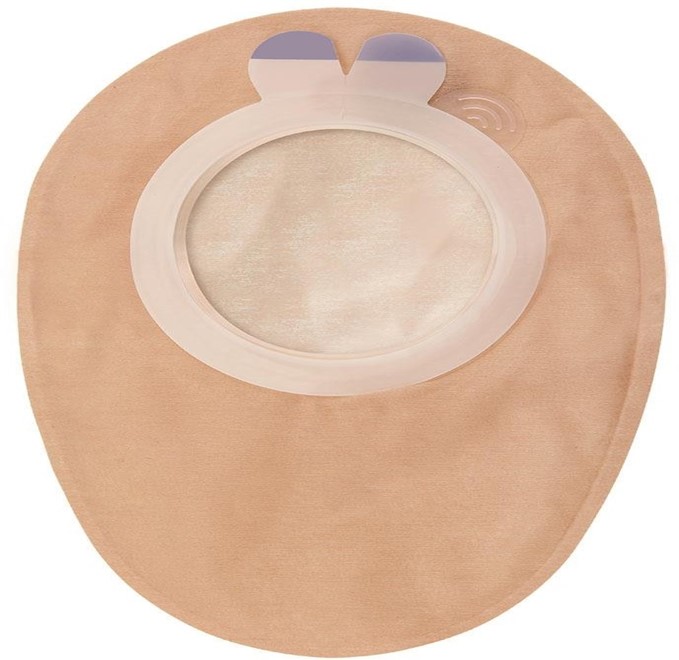A nurse who works in a long-term care facility is delegating aspects of client care to unlicensed assistive personnel (UAP). Which assignment(s) should the nurse delegate? (Select all that apply.)
Identify locations of skin lesions on a newly admitted client.
Empty the ostomy bag for a client with a temporary colostomy.
Provide a complete bed bath for a comatose client.
Perform foot care including toenail trimming and heel care.
Give mouth care to an elderly client who has a tracheostomy.
Correct Answer : B,C
Choice A Reason: Identifying locations of skin lesions on a newly admitted client is a nursing assessment that requires clinical judgment and cannot be delegated to the UAP.
Choice B Reason: Emptying the ostomy bag for a client with a temporary colostomy is a routine task that does not require clinical judgment and can be delegated to the UAP.
Choice C Reason: Providing a complete bed bath for a comatose client is a routine task that does not require clinical judgment and can be delegated to the UAP.
Choice D Reason: Performing foot care including toenail trimming and heel care is a nursing intervention that requires clinical judgment and cannot be delegated to the UAP. The UAP may cause injury or infection to the client's feet, especially if the client has diabetes or peripheral vascular disease.
Choice E Reason: Giving mouth care to an elderly client who has a tracheostomy is a nursing intervention that requires clinical judgment and cannot be delegated to the UAP. The UAP may cause trauma or aspiration to the client's trachea, especially if the client has poor oral hygiene or respiratory secretions.

Nursing Test Bank
Naxlex Comprehensive Predictor Exams
Related Questions
Correct Answer is A
Explanation
Choice A Reason: This is the best action because it helps the client meet their nutritional needs and prevents further weight loss. The nurse should delegate tasks that are within the scope of practice of the UAP, such as feeding assistance.
Choice B Reason: This is not an appropriate action because it requires a nursing assessment and intervention. The nurse should determine if the client is at risk for aspiration and consult with a speech therapist or dietitian before modifying the client's diet.
Choice C Reason: This is not a relevant action because it does not address the nursing problem of altered nutrition. The nurse should monitor the client's respiratory status and oxygenation, but this is not a task that can be delegated to the UAP.
Choice D Reason: This is not a sufficient action because it does not ensure that the client will consume enough food. The nurse should educate the client on the importance of high-protein foods, but this is not a task that can be delegated to the UAP.
Correct Answer is D
Explanation
Choice A Reason: Announcing the new plan at a special employee wellness event may be a good way to promote the plan and celebrate the achievement, but it is not the most important action. The nurses working on the committee should first communicate the plan to their colleagues and address any questions or concerns they may have.
Choice B Reason: Determining staff opinion of current healthcare insurance costs may be useful for evaluating the need and feasibility of the new plan, but it is not the most important action. The nurses working on the committee should have done this before developing and approving the new plan, not after.
Choice C Reason: Surveying the nurses to see who wants to keep the old benefits plan may be helpful for assessing the satisfaction and acceptance of the new plan, but it is not the most important action. The nurses working on the committee should have considered the preferences and needs of their colleagues during the development and approval of the new plan, not after.
Choice D Reason: Being available to all shifts to discuss the changes in health benefits is the most important action for the nurses working on the committee to implement, as it shows respect and transparency for their colleagues, and fosters a collaborative and supportive work environment. The nurses working on the committee should explain the rationale and benefits of the new plan, and provide feedback and guidance to their colleagues.
Whether you are a student looking to ace your exams or a practicing nurse seeking to enhance your expertise , our nursing education contents will empower you with the confidence and competence to make a difference in the lives of patients and become a respected leader in the healthcare field.
Visit Naxlex, invest in your future and unlock endless possibilities with our unparalleled nursing education contents today
Report Wrong Answer on the Current Question
Do you disagree with the answer? If yes, what is your expected answer? Explain.
Kindly be descriptive with the issue you are facing.
